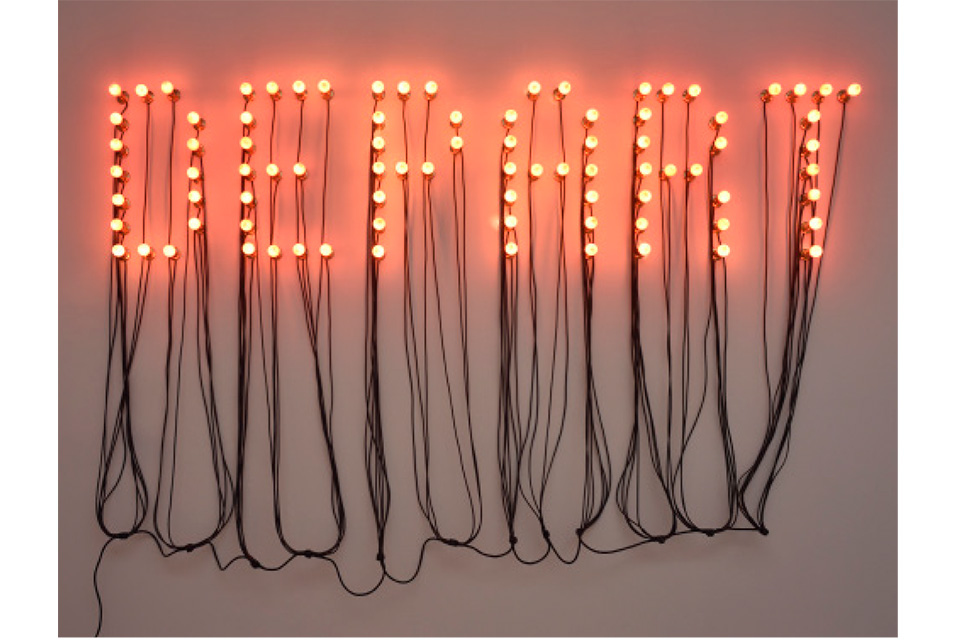
artdaily_PARIS.- With this vast path in the form of a contemplation on the course of life, the Centre Pompidou presents the work of Christian Boltanski, one of the major contemporary artists of our time, from 13 November 2019 to 16 March 2020.
Following a first exhibition of the artist’s work at the Centre Pompidou in 1984, this event celebrates a fundamental ensemble. Christian Boltanski experiments with numerous forms of artistic expression and matter in an ongoing exploration of the frontier between presence and absence.
Over the course of fifty years, Boltanski has developed a body of work which is both sensitive and corrosive, a combination of memory and a continuous exploration of the rites in our western society, conceived as a lucid and watchful eye over our culture, its illusions and disillusions.
(…) Since his artistic debut in 1967, Boltanski has been scrutinising human life and that which remains after death. Using an inventory process, through either photograph albums, registers or accumulations of objects, Christian Boltanski entrusts the memory of human existence to a simple enumeration. He accentuates our daily gestures in the form of ‘little stories’; those actions which define ordinary life and contribute to the shaping of a shared memory.
(…) From postal items, invented autobiographies and biographies brimming with minor accidents and banal actions to narratives evoked by a photographic trail, an object or a sound, Boltanski has always sought to portray the fragility of being. All his work is governed by the ephemeral, despite the use of elements intended to conserve and perpetuate, such as the metal boxes or registers that form a recurring visual vocabulary at the core of his technique.
(…) His work thus reconciles the derisory nature of any action with the desire for permanence and the despair of our duty to preserve. It also testifies to the hopeless yet relentless and time-old quest of art to capture life and combat forgetfulness.
(…) As of 1984, his works began to cast aside their characteristic irony and humour to take on a darker side. The Monuments, Reliquaries and Sanctuaries combine the themes of collective memory and loss. While his works are often linked to the Holocaust, they have a multi-faceted tendency to show the structures implemented by humans to deal with death.
(…) The 1990s saw the development of a more universal aspect to his work, with a preference for humanist content, such as the creation of the Archives of the Heart: countless recordings of heart beats collected over the years from around the world and stored for a while on the island of Teshima in Japan.
(…) The artist’s more recent works demonstrate a clear-sighted exploration of fatality. He increasingly questions randomness by building mechanisms which, governed by an inevitable movement, drag individuals from anonymity without any moral judgement and create or destroy life.
(…) Designed in the form of a labyrinth and a work in itself, the exhibition takes the visitor to the heart of a contemplation on the preservation of the being. In theatrical fashion, a field which the artist has been exploring for several years, he stages the great metaphor of the human life-cycle, from birth to death
